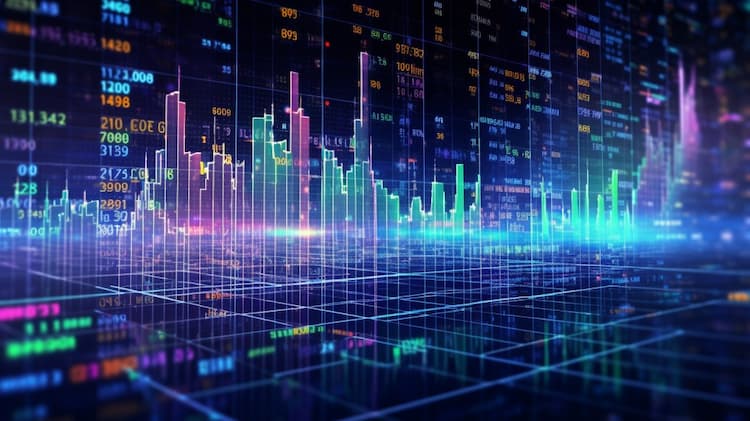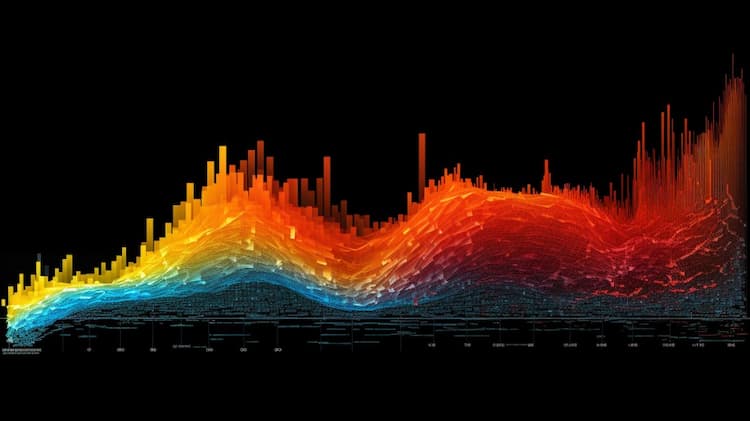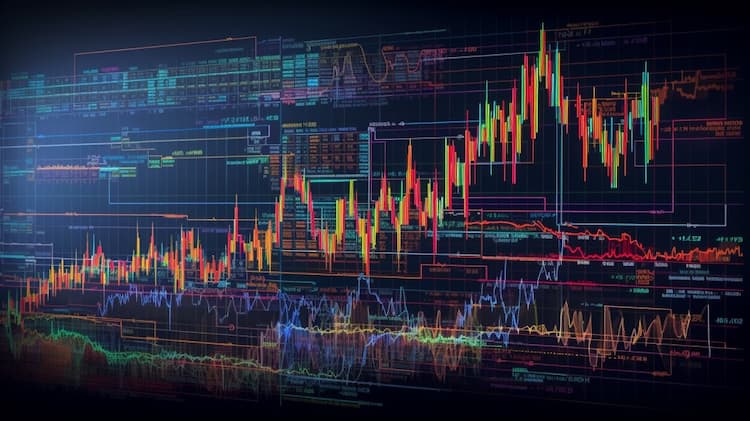
DGL Vs GLL: Tracking Methods & Exposure
Exchange-Traded Funds (ETFs) have revolutionized the investment landscape, providing investors with an efficient and diversified way to gain exposure to various sectors and asset classes. In this article, we will conduct an in-depth comparison between two prominent ETFs: DGL (Invesco DB Gold Fund) and GLL (ProShares UltraShort Gold). We'll delve into key aspects such as ticker symbols, full names, issuers, sectors, top holdings, capitalization, investment strategy, tracking methods, and exposure.
DGL Vs GLL: Overview
DGL and GLL are two ETFs that approach the gold market from contrasting angles. DGL, offered by Invesco, seeks to replicate the performance of gold futures contracts, providing investors with exposure to the price movements of gold. On the other hand, GLL, managed by ProShares, aims to achieve daily investment results that correspond to twice the inverse (-2x) of the daily performance of gold bullion. Understanding this distinction is crucial for investors seeking to navigate the complexities of the gold market.
DGL Vs GLL: Sectors and Top Holdings
The sectors in which DGL and GLL operate are inherently linked to the dynamics of the precious metal market. DGL's primary holding is gold futures contracts, which means investors indirectly own a portion of gold's value without having to deal with physical gold. On the contrary, GLL's focus is on shorting gold – essentially, profiting from a decline in gold prices. As for top holdings, DGL's composition centers around gold futures, while GLL's holdings are designed to profit from inverse gold price movements. These distinctions offer investors opportunities to benefit from both upward and downward trends in gold's value.
 DGL overlap DGL VS GLL
DGL overlap DGL VS GLL
DGL Vs GLL: Capitalization and Investment Strategy
DGL boasts a substantial Asset Under Management (AUM), indicative of its popularity among investors seeking exposure to gold as a hedge against inflation and market uncertainties. The fund's strategy involves investing in gold futures contracts, aligning with the precious metal's intrinsic value. On the other hand, GLL's strategy revolves around leveraging short positions on gold to magnify returns from price declines. While DGL capitalizes on the potential appreciation of gold, GLL aims to capitalize on price depreciation.
DGL Vs GLL: Tracking Methods and Exposure
DGL's tracking method involves holding gold futures contracts, making it well-suited to mirror the performance of the underlying asset. This strategy allows investors to gain exposure to gold's price movements without the need to physically store the precious metal. GLL, however, utilizes leverage to provide inverse exposure to gold's daily performance. This means that GLL aims to deliver returns that are twice the opposite of the daily price movement in gold bullion. Understanding these tracking methods is vital for investors looking to align their investment goals with their risk tolerance.
Conclusion
In the realm of ETF investing, DGL and GLL represent distinct approaches to navigating the intricacies of the gold market. Whether you're interested in capitalizing on the potential appreciation of gold's value or seeking to profit from its price declines, these ETFs offer unique strategies to accommodate various investment objectives. For investors who want to delve deeper into the intricacies of holdings, correlations, overlaps, and other critical insights, ETF Insider stands as the ultimate tool. With its user-friendly app, ETF Insider provides comprehensive information on these and other financial instruments, enabling investors to make well-informed decisions.
Disclaimer: This article is intended for informational purposes only and does not provide investment advisory services. It's crucial to conduct thorough research and consult with financial professionals before making any investment decisions.
Sources:
https://etfdb.com/ GLL ETF issuer
https://etfdb.com/etf/GLL/ GLL ETF official page
FAQ
Why is DGL better than GLL?
DGL may be considered better than GLL for some investors due to its specific focus, offering diversification.
Does GLL beat DGL?
GLL's performance relative to DGL will vary over time, depending on market conditions.
Should I invest in DGL or GLL?
The choice between DGL and GLL should align with your investment goals, risk tolerance, and desired exposure.
Are DGL and GLL good investments?
Both DGL and GLL can be suitable investments depending on individual investment strategies, goals, and risk profiles.
What is the correlation between DGL and GLL?
The correlation between DGL and GLL can vary over time, reflecting differences in performance.















